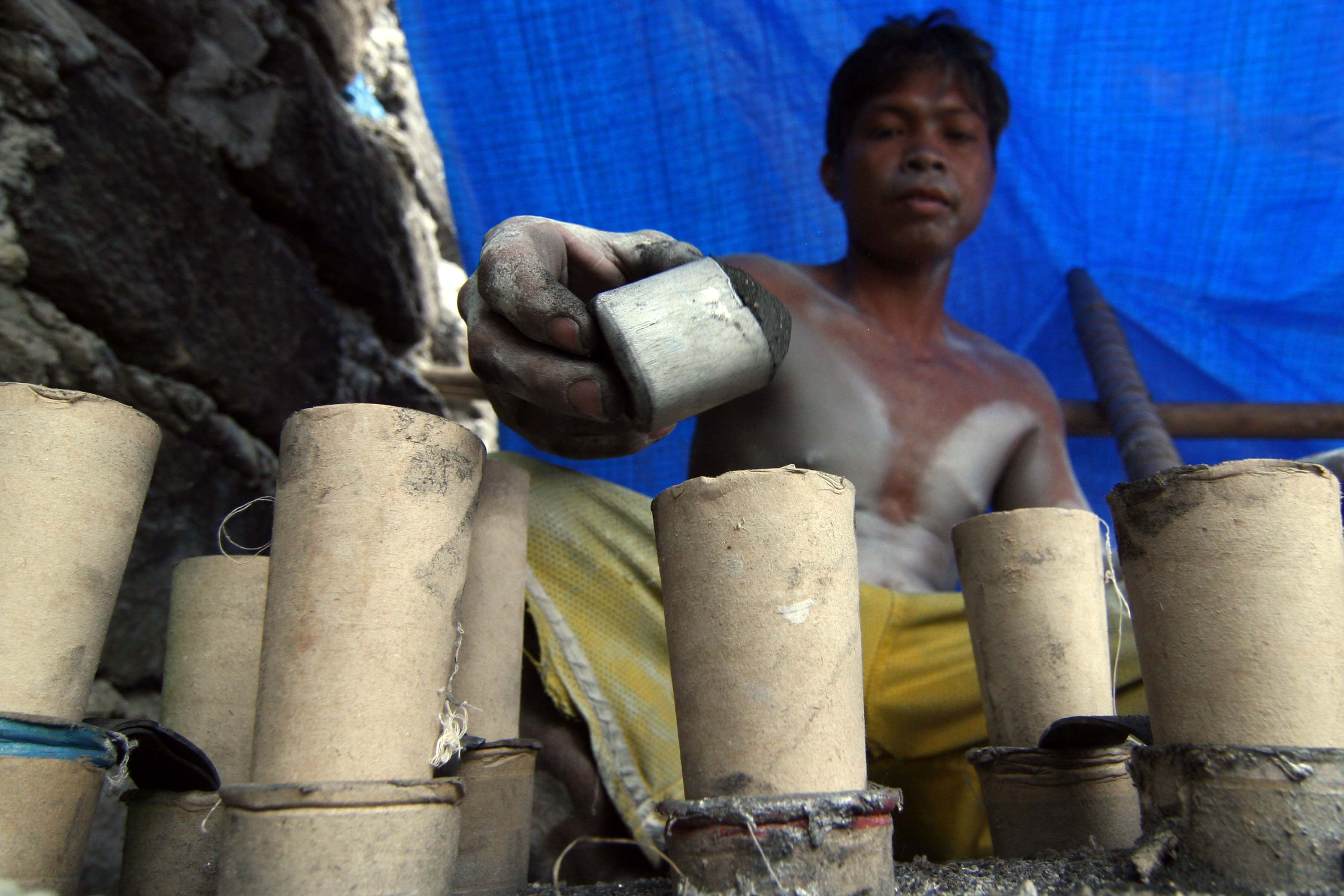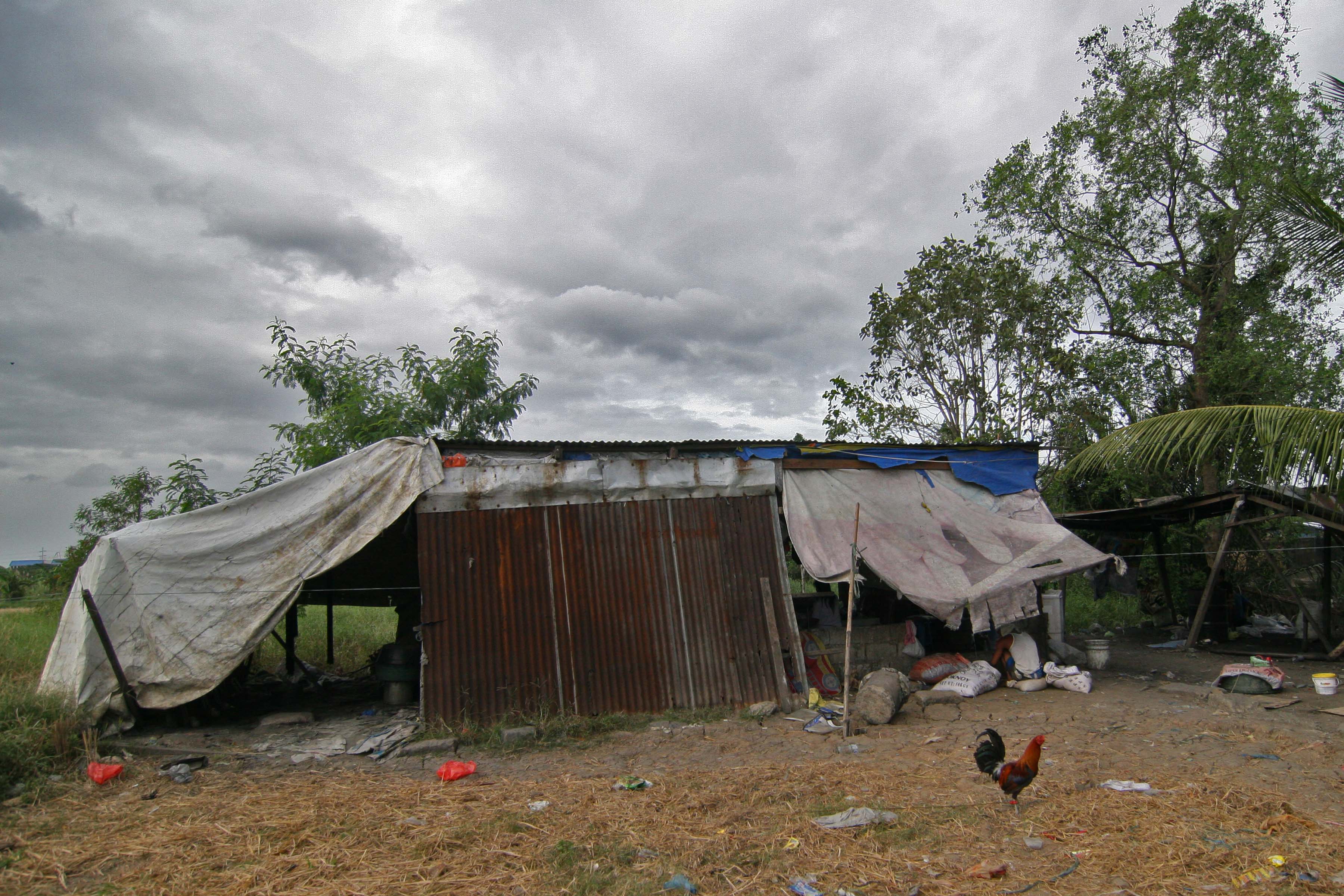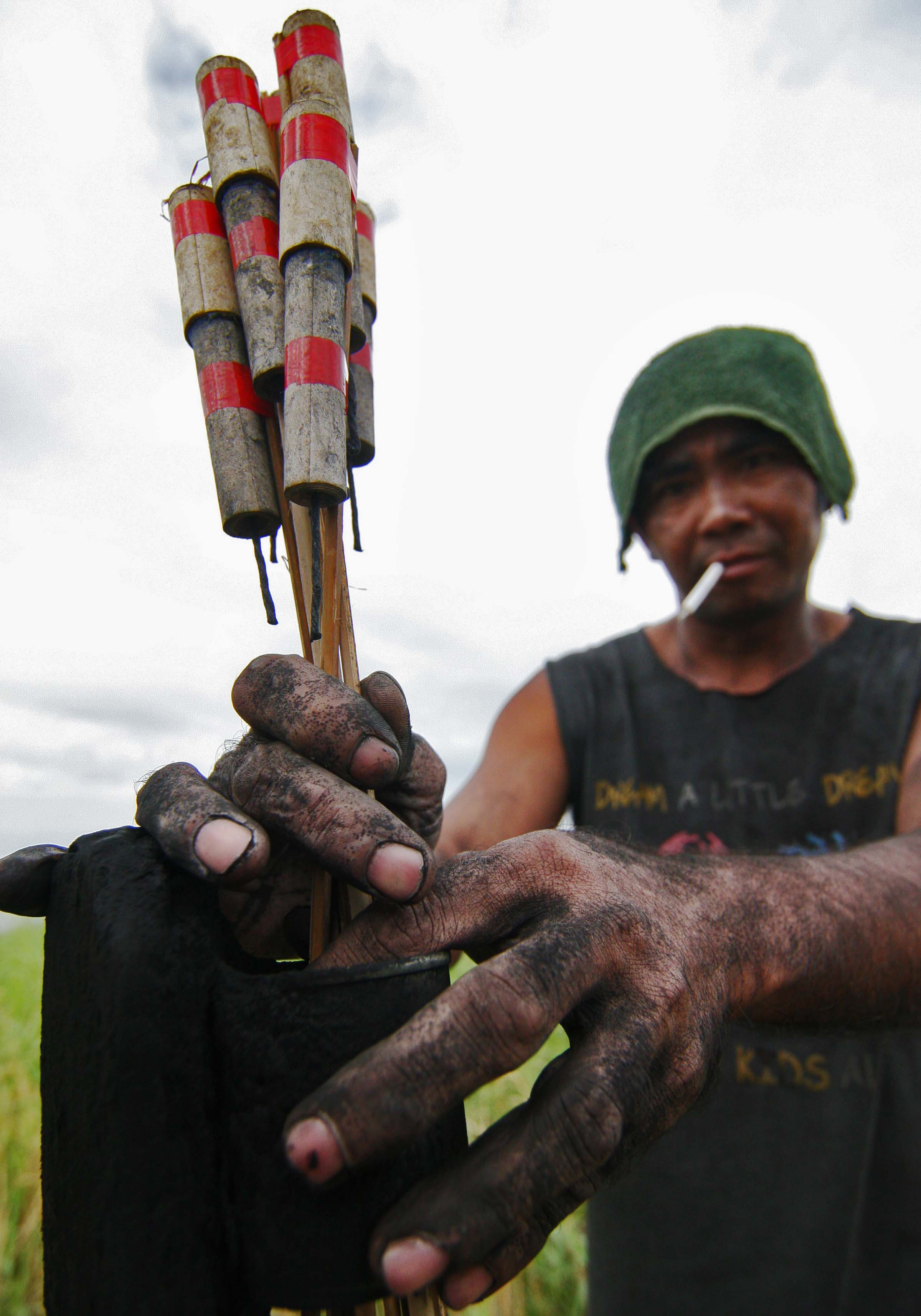The big bang: A photo essay on a firecracker factory
The Philippine fireworks industry is believed to have been started in Bulacan province by a Filipino named Valentin Sta. Ana. He learned the craft of making firecrackers from the parish priest of Sta. Maria, Bulacan in 1867. During those days, churches would use rockets to awaken churchgoers for religious activities, particularly for the Misa De Gallo. Before Sta. Ana died, the pyrotechnic craft was passed on to his children, Valerio and Fernando Sta. Ana, and it became very popular in Luzon. However, when Martial Law was imposed in 1972, then President Ferdinand Marcos made the manufacturing of firecrackers illegal for fear that rebels might use the explosive materials against the government. But despite Martial Law, Filipinos could no longer be purged of their fascination with fireworks, now grown to something of a tradition since the Sta. Ana days. The firecracker industry went underground. At that time, it was estimated that there were about 800 backyard fireworks shops, none of which, obviously, were officially regulated. It was in 1992, when fireworks were again legalized through the passage of Republic Act 7183—an act regulating the sale, distribution and use of firecrackers and pyrotechnic devices. The government in 1992 estimated that there were 500 pyrotechnic producers in the country and almost half of this number were situated in Bulacan. However, despite the existence of the said law, the government still has difficulty properly regulating the industry. Certain important issues such as designating a proper, safe place for the production of firecrackers and establishing a safety net for the industry's workers have not been properly addressed.












